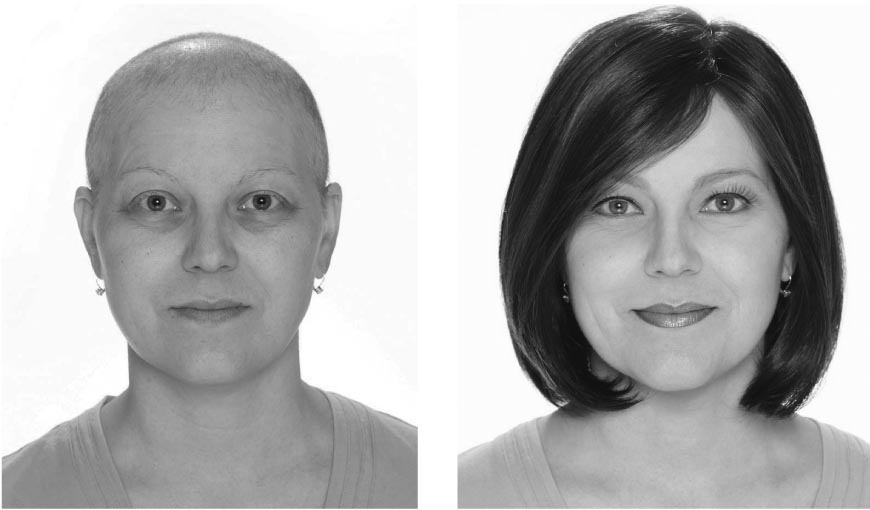Looking and feeling better posttreatment
Look Good Feel Better is Canada’s only charitable cancer program dedicated to empowering women to manage the appearance-related effects of cancer and its treatment. The member companies of the Canadian Cosmetic, Toiletry and Fragrance Association (CCTFA) established the CCTFA Foundation to deliver the program in order to give back to the community that supports their industry.
The belief at the heart of the program is that a woman with cancer will feel empowered to face her illness with greater confidence if she can be helped to look and feel more like herself. Look Good Feel Better offers a free hands-on workshop at various cancer care facilities and hospitals across Canada. The workshop is led by trained industry experts who understand the changes that chemotherapy and radiation can have on a woman’s appearance.
Since its inception, it is estimated that Look Good Feel Better has helped hundreds of thousands of women across the country through the workshop, annual magazine, comprehensive web site, and information line.
For more information about the program, including workshop locations, visit www.lookgoodfeelbetter.ca or call 1 800 914-5665.

